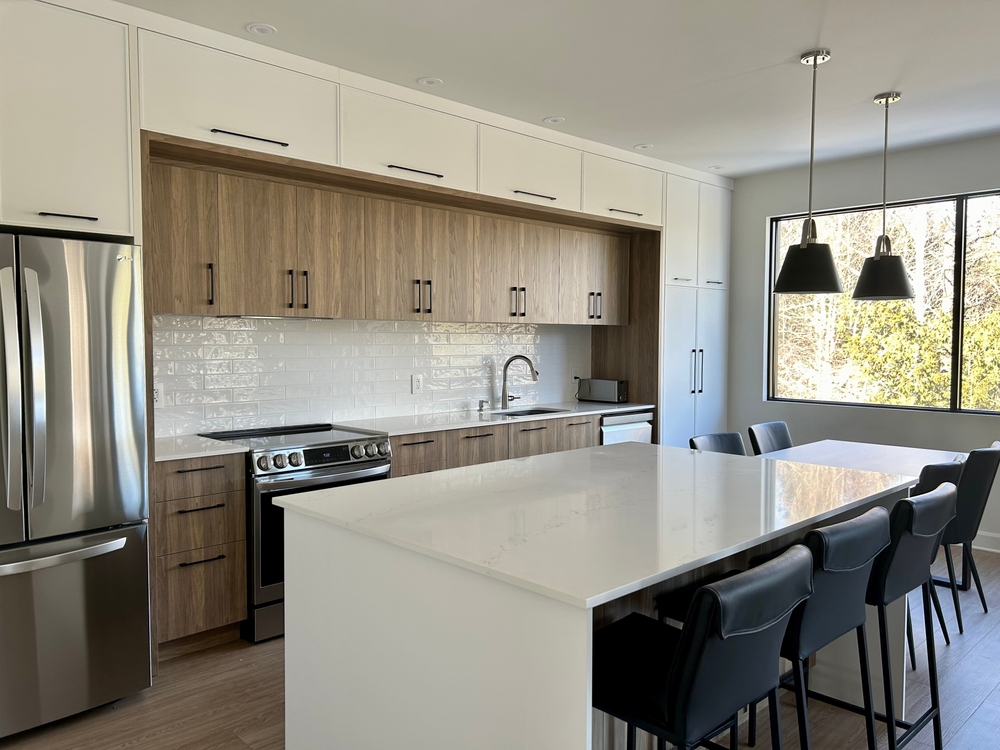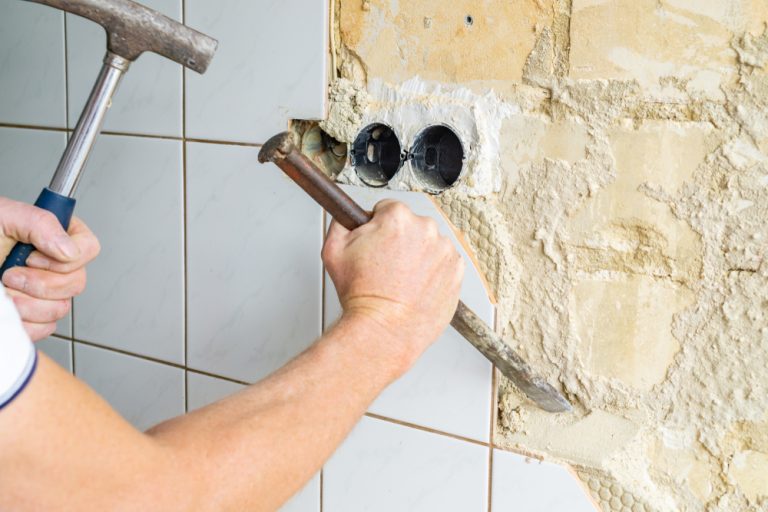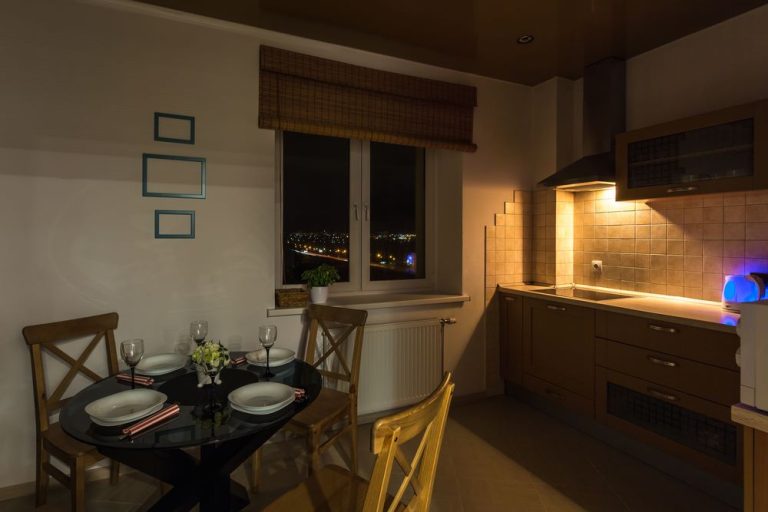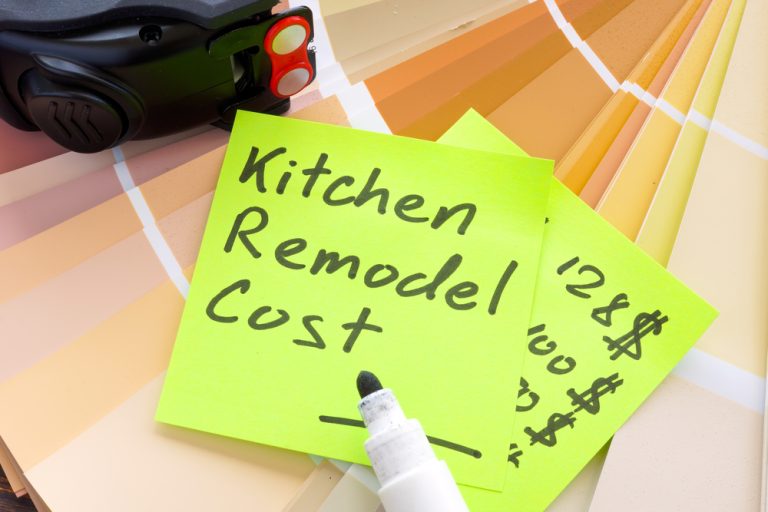How Often Should You Remodel Your Kitchen?

The kitchen is often considered the heart of the home, where families gather, meals are prepared, and memories are made. Given its central role, it’s no surprise that the kitchen is one of the most commonly remodeled rooms in a house. But how often should you remodel your kitchen to keep it functional, aesthetically pleasing, and up-to-date with modern standards? The answer depends on various factors, including the condition of your current kitchen, your personal preferences, and your budget.
In this blog, we’ll explore the different aspects that influence how often you should consider remodeling your kitchen and provide guidelines to help you decide when it’s time for a refresh.
Average Timeframe for a Kitchen Remodel
There is no hard-and-fast rule for how often you should remodel your kitchen, but most experts agree that a kitchen should be updated every 10 to 15 years. This timeframe allows you to keep up with changing trends, improve functionality, and address wear and tear that naturally occurs over time.
- Why 10-15 Years? Over a decade or more, your kitchen will likely start showing signs of age. Cabinets may become outdated, appliances can wear out or become inefficient, and design trends will shift. Remodeling within this timeframe helps ensure your kitchen remains a modern, functional space that adds value to your home.
- Exceptions to the Rule: In some cases, you might need to remodel sooner, especially if your kitchen was not well-designed or if you’ve experienced significant wear and tear. Conversely, if your kitchen is still in good shape and you’re happy with its design, there’s no need to rush into a remodel simply because a certain number of years have passed.
Signs That It’s Time for a Kitchen Remodel
While the 10-15 year guideline is a good starting point, there are specific signs that indicate it’s time for a kitchen remodel, regardless of how long it’s been since your last update.
Outdated Design
If your kitchen feels stuck in a previous decade, with old-fashioned cabinets, countertops, or color schemes, it might be time for a refresh. An outdated kitchen can make your entire home feel dated, and a remodel can bring it into the current era.
Worn-Out Materials
Kitchens see a lot of daily use, and over time, surfaces like countertops, cabinets, and flooring can become worn, scratched, or damaged. If your kitchen materials are showing signs of significant wear, a remodel can restore the space to its former glory.
Inefficient Layout
If your kitchen layout is causing frustration, it might be time to consider a remodel. A poorly designed kitchen can make cooking and cleaning more difficult, and it can even affect your enjoyment of the space. Updating the layout to improve workflow and functionality can make a world of difference.
Energy Inefficiency
Older kitchens often come with outdated appliances that are less energy-efficient. Upgrading to modern, energy-efficient appliances during a remodel can save you money on utility bills and reduce your environmental footprint.
Lifestyle Changes
If your lifestyle has changed significantly since your kitchen was last remodeled, it might be time for an update. For example, if you’ve started cooking more at home, need more storage space, or require a more open layout for entertaining, a remodel can help your kitchen better meet your current needs.
Factors to Consider Before Remodeling
Before diving into a kitchen remodel, there are several factors to consider to ensure that it’s the right decision for you.
Budget
Remodeling a kitchen is a significant financial investment, so it’s important to ensure that you have the budget for it. Consider whether you can afford the remodel without compromising your financial stability. If you’re planning to sell your home in the near future, think about the return on investment (ROI) and whether the remodel will increase your home’s value.
Time and Disruption
A kitchen remodel can be a time-consuming process that disrupts your daily routine. Consider whether you’re prepared for the inconvenience of living without a fully functional kitchen for several weeks or even months. It’s also important to choose the right time for the remodel, such as when you can be away from home or when your schedule is less busy.
Long-Term Plans
Think about your long-term plans for your home. If you plan to stay in your home for many years, investing in a kitchen remodel that suits your tastes and needs makes sense. However, if you’re planning to move in the near future, you might want to consider a more cost-effective update that appeals to potential buyers.
Current Kitchen Condition
Assess the current condition of your kitchen. If your kitchen is still in good shape and functions well, you might be able to get by with minor updates, such as repainting cabinets or replacing hardware, rather than a full remodel.
Types of Kitchen Remodels
Not all kitchen remodels are created equal. Depending on your needs, budget, and the current state of your kitchen, you might opt for one of the following types of remodels:
Cosmetic Remodel
A cosmetic remodel focuses on updating the appearance of your kitchen without making significant changes to the layout or structure. This type of remodel might include painting cabinets, replacing countertops, updating lighting fixtures, and adding a new backsplash. A cosmetic remodel is a good option if your kitchen is still functional but needs a fresh look.
Mid-Range Remodel
A mid-range remodel goes beyond cosmetic updates and may involve replacing cabinets, upgrading appliances, and installing new flooring. This type of remodel might also include minor layout changes, such as moving an appliance or adding an island. A mid-range remodel is ideal if your kitchen needs both functional and aesthetic improvements.
Full Remodel
A full remodel is the most extensive and typically involves gutting the kitchen and starting from scratch. This type of remodel might include reconfiguring the layout, replacing all cabinets and appliances, updating plumbing and electrical systems, and installing new flooring and lighting. A full remodel is a good choice if your kitchen is outdated, inefficient, or needs a complete overhaul.
Benefits of Regular Kitchen Remodels
Regularly updating your kitchen, even with small changes, can offer several benefits:
Improved Functionality
A remodel can improve the functionality of your kitchen, making it more enjoyable to use and better suited to your needs. Whether it’s adding more counter space, improving storage, or updating appliances, a remodel can make your kitchen work better for you.
Increased Home Value
A well-designed kitchen remodel can increase the value of your home, making it more attractive to potential buyers. Even if you’re not planning to sell right away, a modern, updated kitchen can provide a good return on investment when the time comes.
Enhanced Aesthetics
Regular updates can keep your kitchen looking fresh and modern, reflecting current design trends and your personal style. A beautiful kitchen can enhance the overall appeal of your home and create a space where you enjoy spending time.
Energy Efficiency
Upgrading to energy-efficient appliances, lighting, and fixtures during a remodel can reduce your energy consumption and lower your utility bills. Over time, these savings can offset some of the costs of the remodel.
Conclusion
While there’s no one-size-fits-all answer to how often you should remodel your kitchen, a good rule of thumb is every 10 to 15 years. However, the decision to remodel should be based on the condition of your current kitchen, your budget, and your long-term plans for your home. By paying attention to signs of wear and tear, outdated design, and changing needs, you can ensure that your kitchen remains a functional, beautiful, and valuable part of your home.
Whether you opt for a minor update or a full remodel, investing in your kitchen is an investment in the heart of your home.






